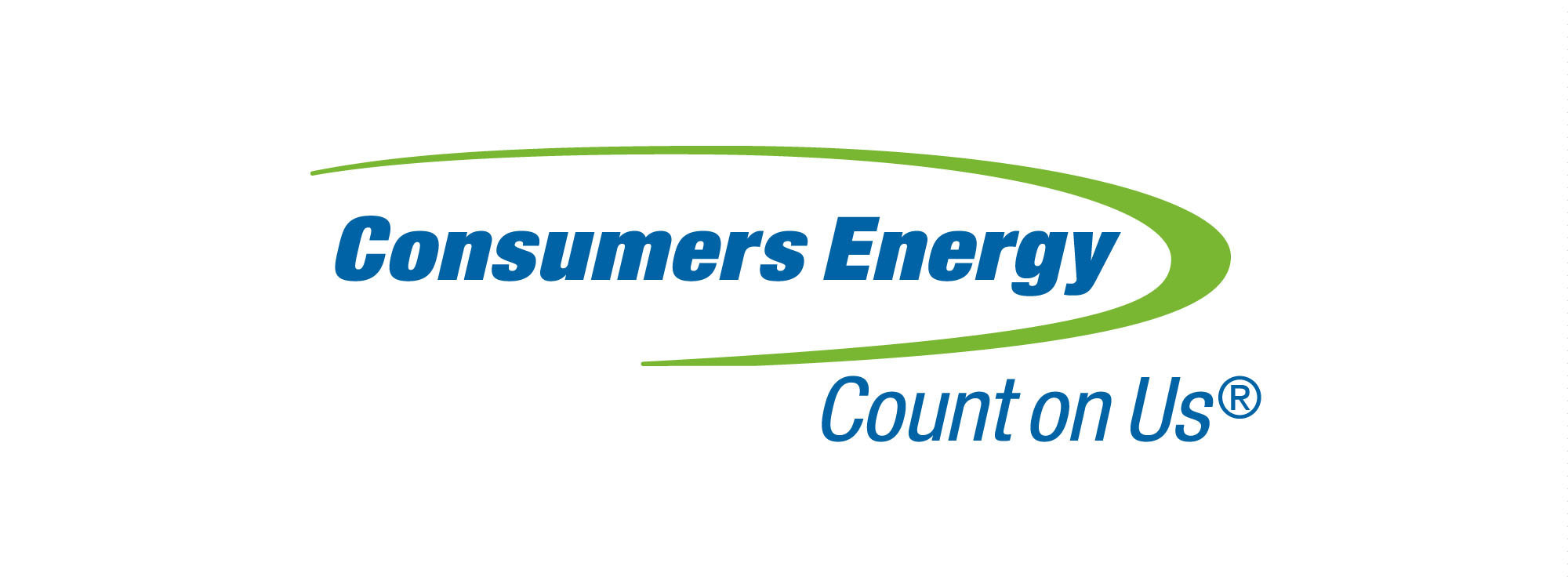Solar cells, a cornerstone of large-scale renewable energy generation, have witnessed remarkable efficiency improvements, primarily driven by innovations in silicon technology. However, as silicon approaches its maximum theoretical efficiency limit of over 23% energy conversion, the need for alternative solutions becomes crucial. This article explores how perovskite, a crystallized organic-inorganic hybrid compound, is emerging as a promising candidate for the future of solar power.
Perovskite’s Potential: A Game-Changer in Solar Energy
Unlike traditional silicon, perovskite, formed from lead, halide, and organic molecules, offers a cost-effective alternative. With a lower production temperature (100-150°C compared to silicon’s 1,400°C), perovskite proves more affordable and easier to work with. Initially less efficient than silicon, recent advancements have propelled perovskite solar cells to achieve over 25% solar energy conversion efficiency, rivalling the best small area silicon cells.
Challenges and Innovative Solutions
Despite its potential, challenges such as manufacturing flaws and susceptibility to moisture and oxygen hinder perovskite’s commercial viability. The article sheds light on a groundbreaking solution – aerosol-assisted solvent treatment. This innovative method enhances grain growth, reduces defects, and improves overall uniformity in perovskite cells. The process, taking just five minutes, not only boosts efficiency and stability but also makes perovskite cells more cost-effective and suitable for mass production.
Versatility and Applications
The improved perovskite technology extends its applicability beyond solar cells to photodetectors, exhibiting enhanced low light photo-response. This versatility allows perovskite cells to be printed onto plastic sheets, facilitating implementation in various settings, including indoor locations, self-powered consumer electronics, car ports, building exteriors, and electric vehicles.
Efficiency Breakthrough: Tandem Solar Cells
One of perovskite’s major advantages is its tunable chemical composition, enabling the absorption of specific light wavelengths. The article explores the concept of tandem solar cells, where perovskite cells, tuned to absorb energy from the blue spectrum, are stacked on silicon cells. This ‘tandem’ design pushes the overall efficiency of solar panels close to 30%, a significant leap compared to silicon alone.
Commercial Implications and Future Prospects
The potential applications of improved perovskite technology are vast, ranging from lightweight and flexible solar cells to the integration of tandem designs. The article discusses ongoing tests to assess the long-term effectiveness and scalability of the aerosol-assisted solvent treatment for commercial applications. Additionally, it highlights the establishment of AeroSolar, a spinout company, and its collaboration with perovskite solar cell manufacturers to bring these innovations to market.
Conclusion: Shaping the Future of Solar Energy
As the perovskite solar cell market is projected to reach US$1.2 billion by 2033, the article emphasizes the immense potential of these advancements in shaping the future of solar energy. The envisioned impact includes cost-effective, high-efficiency solar power that contributes significantly to the progress of renewable energy, aligning with global efforts for a more sustainable future.
Source: miragenews.com





